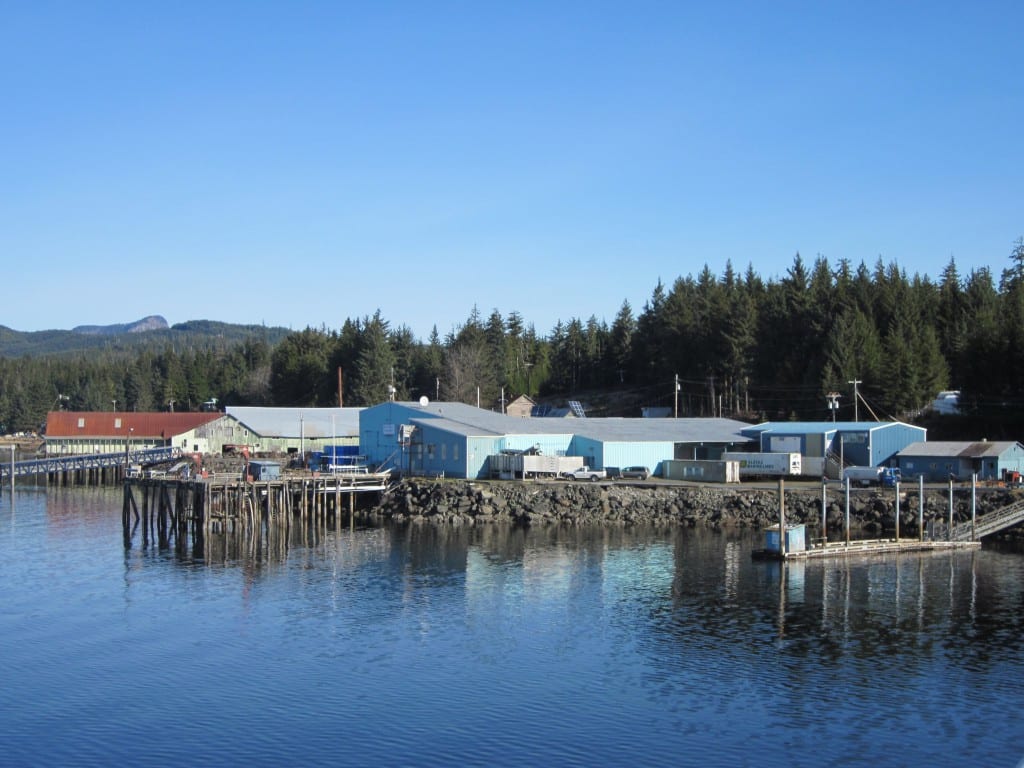
State lawmakers have endorsed an Alaska Native tribe’s effort to change the name of Saginaw Bay to Skanax Bay. The body of water off Kuiu Island was named for the U.S. warship that laid waste to three Tlingit villages near present-day Kake in 1869.
“As a clan we never relinquished to the rights to this bay,” Dawn Jackson, executive director of the Organized Village of Kake, told a House committee considering House Resolution 11 to support the name change.
“It’s been a contentious history of how Saginaw (Bay) got named,” she said. “And in 2018, our tribe passed a resolution unanimously to move forward, introducing and putting back on the land, our traditional name of Skanax.”
The resolution’s sponsor Rep. Jonathan Kreiss-Tompkins (D-Sitka) wrote that the bay’s name, “is an affront to the local Tlingit community and a source of discomfort for many residents of the Kake.”
The Alaska House of Representatives passed the resolution 37-0 that endorses the name change to Skanax Bay. The Tlingit word means security.
A petition was sent to the U.S. Board on Geographic Names which will add it to its list for consideration in July. The Alaska Historical Commission, U.S. Forest Service and others will have a chance to weigh in before the federal board makes a ruling.
The Tlingit villages destroyed by the U.S.S. Saginaw were deserted in advance of the gunboat’s bombardment. But soldiers landed and deliberately burned the winter food stores and provisions that, according to oral accounts, led to the starvation of an untold number of people.
Other Southeast place names including Murder Cove, Surprise Harbor and Retaliation Point speak to a series of dark episodes that came to be known as the Kake War of 1869.
But contemporary historians dispute its characterization as a war.
“This altercation entailed no soldier-to-Indian-warrior combat but rather Army soldiers seeking to harm a native community in its entirely during America’s Indian Wars period,” wrote state archivist Zachary R. Jones in a scholarly article published in 2013.
In 2011, an unexploded artillery shell from the bombardment was discovered in a house in Kake. It was deactivated and is now housed in an historical collection.











